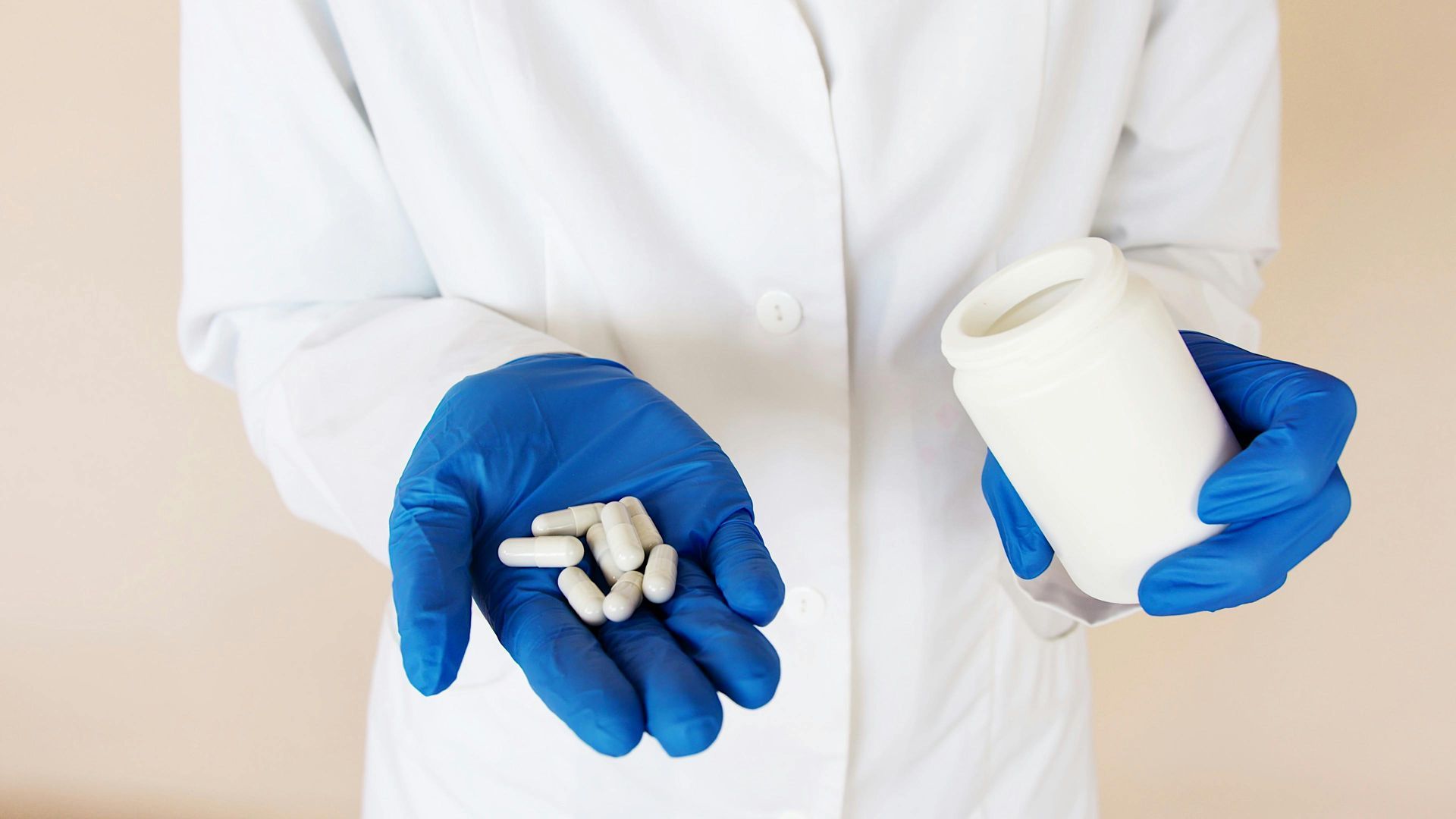Your Guide to Preparing a Validation Protocol
Validation involves much more than end-product testing. Confirming a product’s safety solely through end-product testing is dangerous—how can you be sure that every pill will be the same?
That’s where a validated process comes in. The pharmaceutical industry relies on validation to make sure medicines and vaccines are safe and effective. That means scrutinizing the processes, systems, and equipment relied on throughout manufacturing.
What Is a Validation Protocol?
A validation protocol details how validation will be conducted. The purpose of a validation protocol is to define the test scripts that must be followed to guarantee that processes and equipment are ready to manufacture safe and effective end products.
If you work in pharmaceutical or medical device manufacturing, you may have heard of the related terms IQ, OQ, and PQ. These stand for Installation Qualification, Operational Qualification, and Performance Qualification.
These are procedures used to test whether systems (mechanical, piping, or software) are installed correctly, fulfill design requirements and specifications, and meet operational standards.
What Are the Different Parts of a Validation Protocol?
Validation protocols can be hundreds of pages in length. Templates themselves are typically around 50 to 60 pages long. Elements of a validation protocol must include:
- Product characteristics. A validation protocol must show what a system is meant to achieve or produce.
- Manufacturing equipment. What equipment is necessary? Equipment must be described in terms of installation and functional features.
- Test scripts. How will tests be conducted? What instruments will be necessary?
- Acceptance criteria. Here we will define the range of acceptable test results, including checksheets to document test results.
- Final approval. This section includes all documentation showing that a validation process has been successfully completed.
How Do Companies Achieve Validation?
Validation includes observing, testing, and documenting measurements and comparing results against expected outcomes. Validation takes place at all stages of a product lifecycle—including research and development, manufacturing, and distribution.
So, how do companies actually achieve this? The FDA recommends “an integrated team approach to process validation that includes expertise from a variety of disciplines (e.g., process engineering, industrial pharmacy, analytical chemistry, microbiology, statistics, manufacturing, and quality assurance).”
Keep in mind that validation isn’t only required when constructing new manufacturing processes from scratch—validation is necessary whenever a change is made to existing processes, equipment, or systems. Validation ensures that these changes do not affect the quality or consistency of finished products.
Leading COVID-19 Response Efforts
What are you doing to keep your organization COVID-ready? Invest in new skills with hands-on training and certification courses from the Center for Professional Innovation and Education (CfPIE).
Stay on top of changing regulations with the following courses offered by CfPIE:
- Process Validation for Drugs and Biologics
- Medical Device Process Validation Training for Professionals
- Quality Assurance/Quality Control for Biologics and Biopharmaceuticals
- Overview of FDA Regulatory Compliance for Medical Devices
- Comprehensive Overview of FDA Regulatory Compliance for Drug and Biotech Products
Get in touch with a member of the CfPIE team by calling 1-610-648-7550 or emailing [email protected].
Blog Categories
Stay Informed


